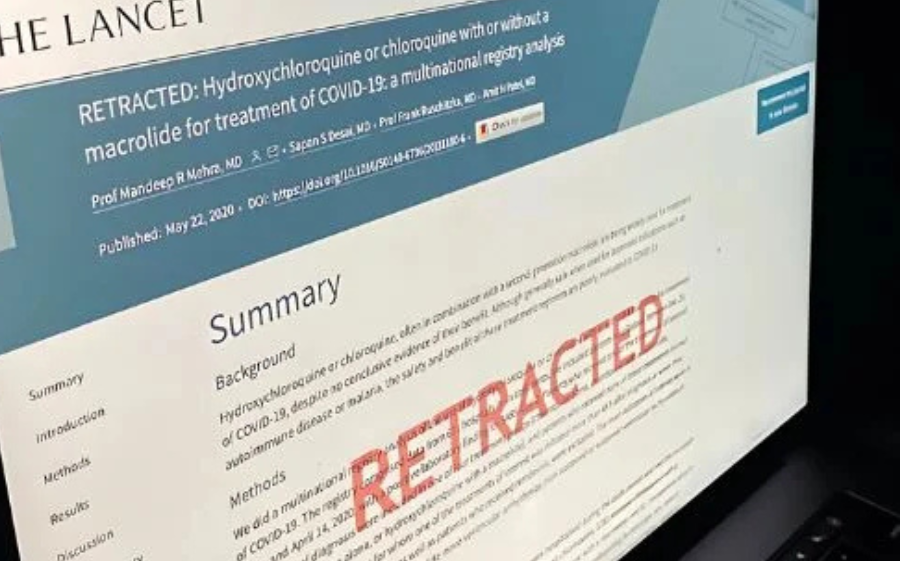#tdi_1 .td-doubleSlider-2 .td-item1 {
background: url(https://www.bworldonline.com/wp-content/uploads/2025/01/OfC813.Business-World-Article-NOS03-80×60.jpg) 0 0 no-repeat;
}
#tdi_1 .td-doubleSlider-2 .td-item2 {
background: url(https://www.bworldonline.com/wp-content/uploads/2025/01/OfC813.Business-World-Article-NOS02-80×60.jpg) 0 0 no-repeat;
}
#tdi_1 .td-doubleSlider-2 .td-item3 {
background: url(https://www.bworldonline.com/wp-content/uploads/2025/01/OfC813.Business-World-Article-NOS-thumb-80×60.jpg) 0 0 no-repeat;
}
#tdi_1 .td-doubleSlider-2 .td-item4 {
background: url(https://www.bworldonline.com/wp-content/uploads/2025/01/OfC813.Business-World-Article-NOS04-80×60.jpg) 0 0 no-repeat;
}
The holiday season has, once again, come and gone.
For both small and big businesses alike, this is an opportune time to boost their products and end the year with a good sales record. And in the battle of brands in today’s highly consumerist world, a business’ trademark or logo is a powerful weapon in being able to stand out and attract the attention of target customers. However, things can get difficult when two different enterprises are not only engaged in similar types of businesses, but also have similar, if not identical, logos.
That is precisely the issue that confronted the Supreme Court in the case of Lacoste S.A. v. Crocodile International Pte Ltd. (Decision) promulgated on Nov. 6, 2023 and released on Sept. 10, 2024.
Through its highly publicized Decision, the Supreme Court put an end more than 23 years of litigation which began when Lacoste S.A. (Lacoste) opposed the application of Crocodile International Pte Ltd. (Crocodile) seeking to register the “CROCODILE AND DEVICE” mark here in the Philippines in 2004.
Lacoste argued that its business would be heavily damaged by the registration of Crocodile’s trademark that is supposedly confusingly similar to its own “CROCODILE” mark. Meanwhile, Crocodile asserted that there were substantial differences in the appearance and overall impression between its logo and Lacoste’s preventing any likelihood of confusion among consumers.
To determine the presence of confusing similarity between the two “CROCODILE” marks, the Supreme Court applied the Dominancy Test. This test focuses on “the similarity of the prevalent or dominant features of the competing trademarks that might cause confusion, mistake, and deception in the mind of the purchasing public.” The Supreme Court then determined the “CROCODILE” device to be the dominant elements of both Lacoste’s and Crocodile’s marks.
Ruling in favor of Crocodile, the Supreme Court held that there is no confusing similarity between the two competing marks considering their “pronounced differences.” Specifically, Lacoste’s “CROCODILE” mark is right-facing while Crocodile’s “CROCODILE” device is left-facing with the word “Crocodile” in a stylized format above it. The Supreme Court further observed that both marks are easily distinguishable considering that Lacoste’s “CROCODILE” mark is “solid” except for its scutes or large scales “depicted in white inverted triangles” while Crocodile’s “CROCODILE” device is “not solid, but rather, more like a drawing.” And instead of scutes, Crocodile’s “CROCODILE” device is “depicted with various scale patterns from the base of the head up to the tail.”
The Supreme Court’s Decision in the Lacoste case drew considerable attention both among local and international intellectual property law practitioners. In fact, during the 2024 Asian Patent Attorneys Association (APAA) council meeting held in Pasay City on Nov. 18-21, 2024, one of the notable updates discussed during the conference’s Trademarks Committee Meeting was the Philippine Supreme Court’s Decision in the Lacoste case vis-à-vis the High Court of Delhi’s decision in a trademark dispute involving the same parties.
Similar to the Lacoste case, the High Court of Delhi’s decision ended more than two decades of litigation between Lacoste and Crocodile in India stemming from a trademark infringement suit filed by Lacoste way back in 2001. Lacoste also argued there that a likelihood of confusion among consumers is apparent given that Crocodile’s mark, consisting of a left-facing crocodile, is an exact mirror image of Lacoste’s logo featuring a right-facing crocodile. On the other hand, Crocodile echoed its prior agreement with Lacoste for the coexistence of the two companies’ marks in Asia.
However, unlike the Philippine Supreme Court, the High Court of Delhi ruled in favor of Lacoste noting that “the visual and conceptual parallels between the [competing] marks support a strong case for trademark infringement, underscoring the importance of protecting the distinctiveness of the Lacoste trademarks.” As a result, Crocodile is barred from manufacturing, selling, offering for sale, or advertising any products bearing the disputed trademark, which is noticeably different from the subject of the dispute before our Supreme Court.
In sum, the Lacoste cases in the Philippines and India highlight the dynamic and ever-evolving nature of trademark jurisprudence in the field of intellectual property law. And it is interesting to observe the trajectory of its development in the coming years, especially as businesses are expected to rely more on their intellectual property, including their trademarks or logos, to better position themselves in an intensely competitive market. Thus, as we move past the holiday season, may we remember that behind every trademark or logo we encounter every day is a story worth knowing.
This article is for informational and educational purposes only. It is not offered and does not constitute legal advice or legal opinion.
Norberto O. Sarigumba III is an associate of the Intellectual Property department of the Angara Abello Concepcion Regala & Cruz Law Offices (ACCRALAW).
nosarigumba@accralaw.com
8830-8000












Leave a Comment